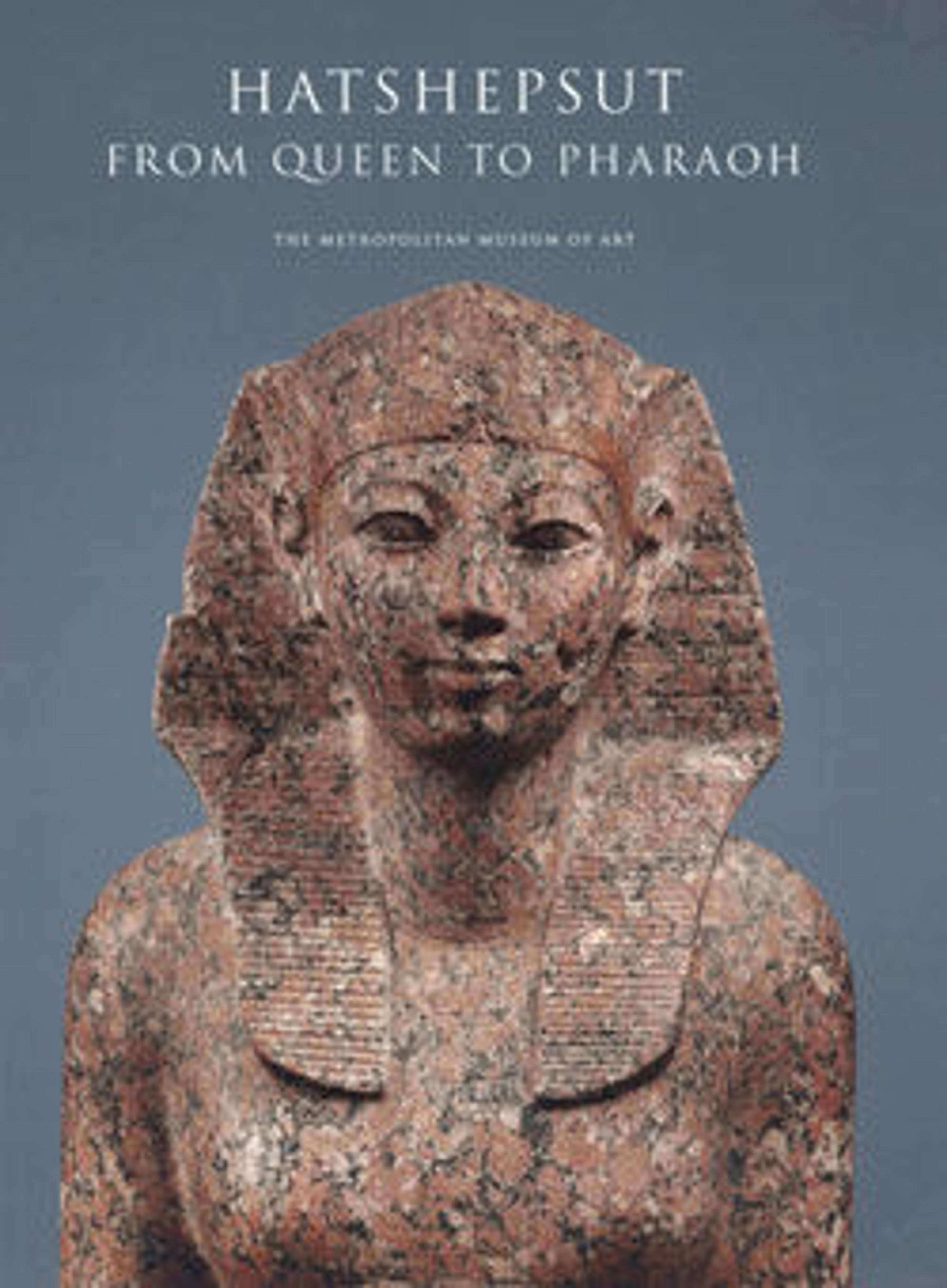Sphinx of Hatshepsut
The reconstructed sections of this sphinx have been cast from an almost identical, but more complete companion piece now in Cairo. The two small limestone sphinxes may have been on either side of the entrance to the upper terrace of Hatshepsut’s mortuary temple at Deir el-Bahri. The head of this sphinx differs markedly from Hatshepsut’s large sphinxes in which the human head wears the royal nemes-headcloth (see 31.3.166 and 31.3.167). Instead, this example was fashioned according to a type of sphinx bet known from the Middle Kingdom during the reign of Amenemhat III (ca. 1859-1813 B.C.). In this sphinx, the only human element is the face which is surrounded by a lion's mane. Remains of pigment show that the face was painted yellow, the color used for women in Egyptian Art.
Artwork Details
- Title: Sphinx of Hatshepsut
- Period: New Kingdom
- Dynasty: Dynasty 18
- Reign: Joint reign of Hatshepsut and Thutmose III
- Date: ca. 1479–1458 B.C.
- Geography: From Egypt, Upper Egypt, Thebes, Deir el-Bahri, Senenmut Quarry, MMA excavations, 1926–28
- Medium: Limestone, plaster
- Dimensions: L. 106.7 × W. 33 × H. 63.5 cm, 196 kg (42 × 13 × 25 in., 432 lb.); H. (of base): 18 cm (7 1/16 in.)
- Credit Line: Rogers Fund, 1931
- Object Number: 31.3.94
- Curatorial Department: Egyptian Art
More Artwork
Research Resources
The Met provides unparalleled resources for research and welcomes an international community of students and scholars. The Met's Open Access API is where creators and researchers can connect to the The Met collection. Open Access data and public domain images are available for unrestricted commercial and noncommercial use without permission or fee.
To request images under copyright and other restrictions, please use this Image Request form.
Feedback
We continue to research and examine historical and cultural context for objects in The Met collection. If you have comments or questions about this object record, please contact us using the form below. The Museum looks forward to receiving your comments.
